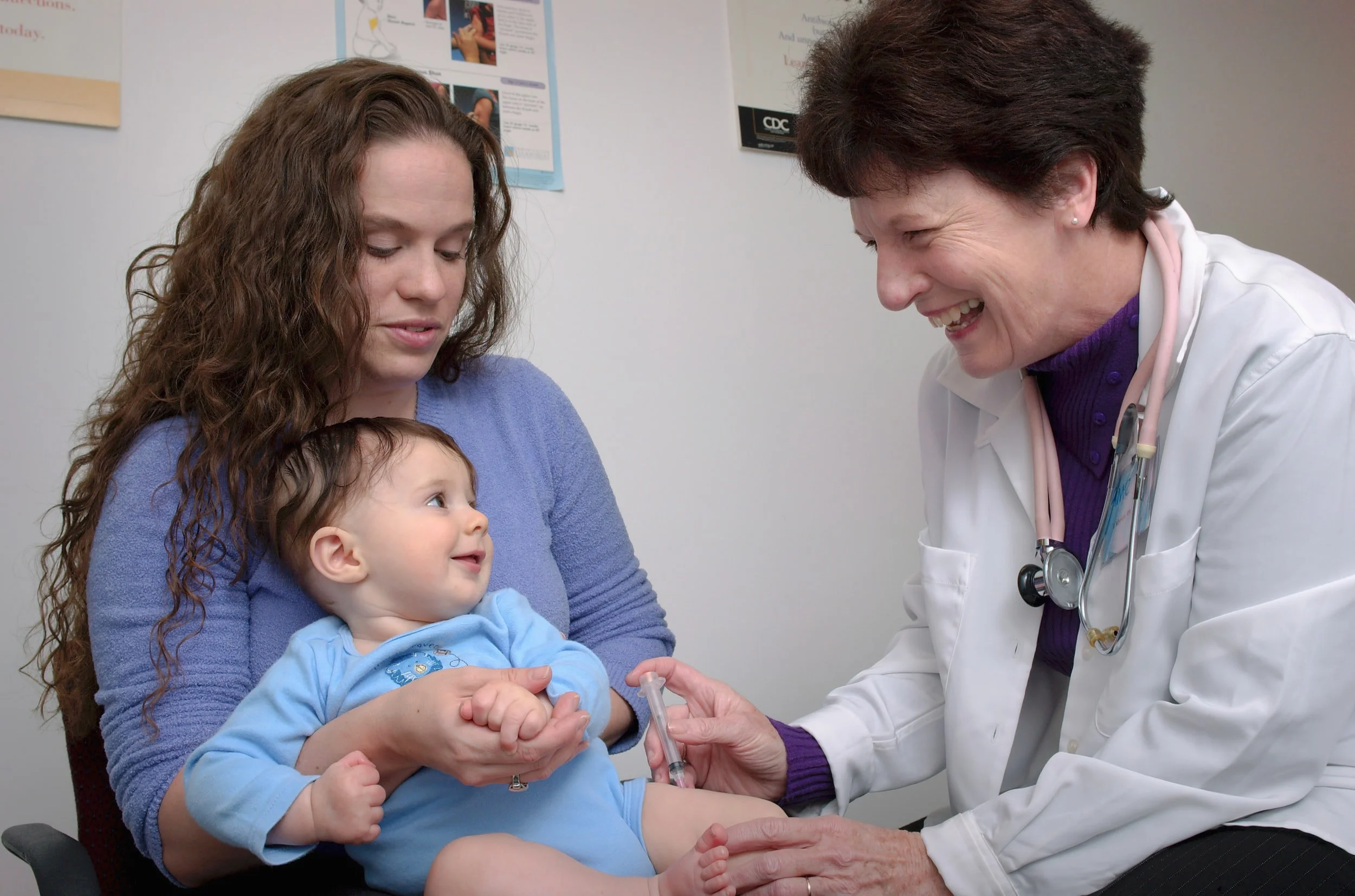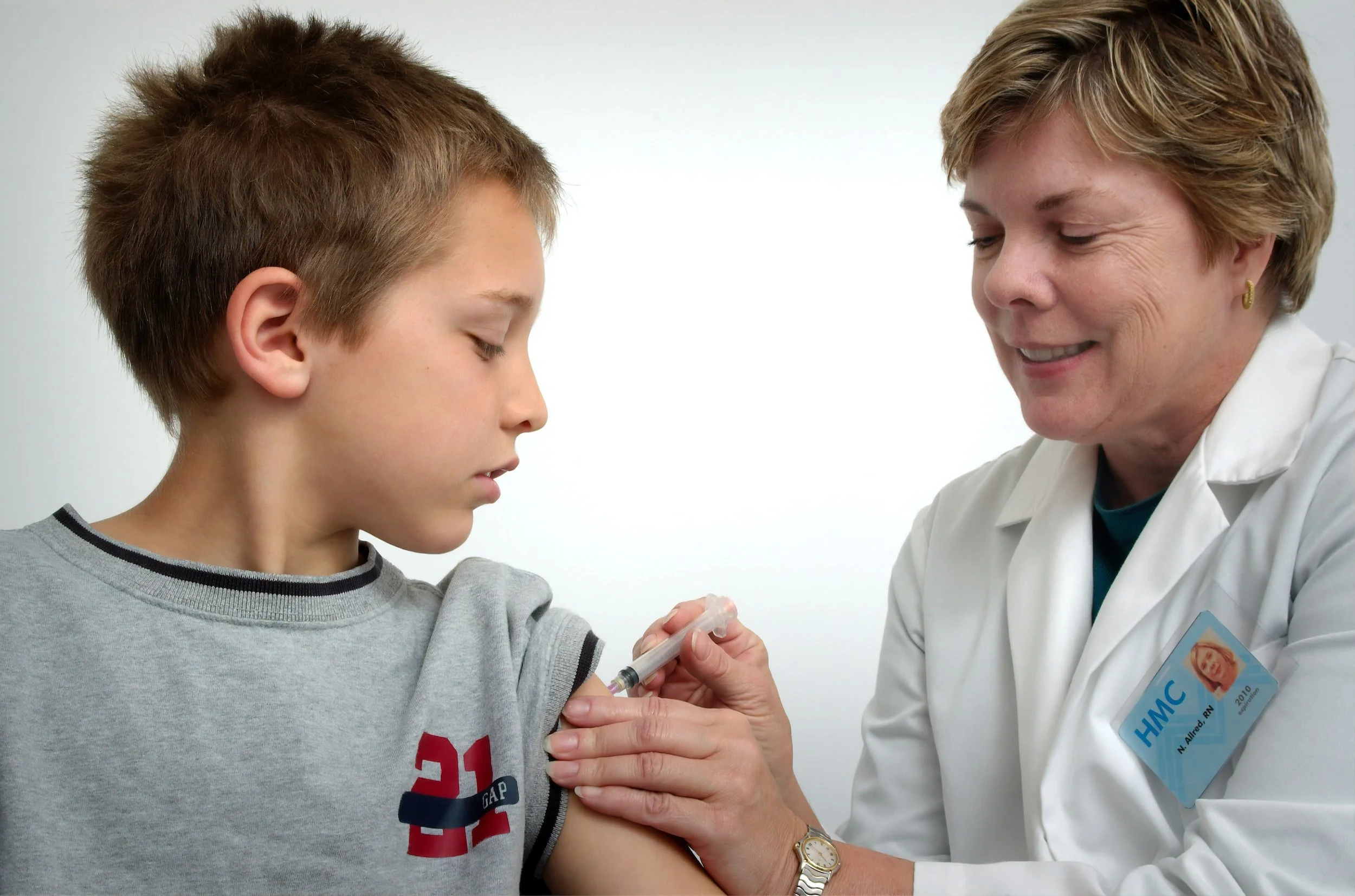How high is your child’s risk for polio?
I’ve received several questions lately along the lines of: “my child has had some, but not all of their polio vaccines… are they protected?”
This article focuses on answering that question, rather than going through more of the details about Polio infection.
With that said, if I receive enough demand, I’m happy to write a post about the disease too.
What is polio?
Polio is a virus that can cause a range of symptoms, from very mild to extremely severe. When severe, it can lead to paralysis. Since immunization against polio became routine, the disease has been eradicated in the US (in 1979)… until now. It is worth knowing that the infection still remains in many other parts of the world who do not have access to the great vaccines we are lucky to have here.
More about the vaccines
There are two different vaccines that protect against polio.
IPV, or Inactivated Poliovirus Vaccine
This is the vaccine given routinely to children in the US. It is not a live vaccine, and cannot give you Polio infection. It is also highly effective and very safe. It is an injectable vaccine given at the following ages:
2 months
4 months
6 - 18 months (in my practice, we give it at 6 months)
4 - 6 years (in my practice, this was typically given at either 4 or 5 years, although if the outbreaks persist, it may make sense to give it at the 4 year check).
tOPV, or trivalent Oral poliovirus Vaccine
This vaccine is a live vaccine made by weakening the three strains of poliovirus that cause disease in humans and then administered as liquid drops (by mouth). It is also highly effective, and generally safe, but in rare circumstances - about 1 in 2.5 million people - it can cause infection (and lead to paralysis).
This vaccine is given routinely in other countries because it is cheaper, easier to store and administer, and remains effective. It is no longer licensed or available in the US.
A great resource with more information is here: https://polioeradication.org
How protected is my child?
A child is considered “fully” vaccinated if they get:
4 doses of IPV or tOPV or
A primary series of at least 3 doses of IPV or tOPV
and
the final dose was given after the age of 4 years (that last dose must be given at least 6 months after the previous dose to count).
So what happens if your child is younger than 4? Are they protected?
Actually, yes.
2 doses of IPV: 90% protection
3 doses of IPV: 99% protection
(against paralytic polio)
So why do we recommend an additional dose after age 4?
I went down a huge rabbit hole trying to find data to help answer this question. This is what I found:
Some data shows that the presence of maternal antibodies can interfere with seroconversion (ie. the production of antibodies against the vaccine)
The vaccine response in an older child, who has fewer maternal antibodies circulating, is higher.
We give 3 doses early in life to give the best chance of infants being protected early, but we also boost with the later dose to ensure seroconversion.
Note: the maternal antibodies that I reference here are the ones that cross the placenta beginning around the end of the second trimester. They are great to provide some protection in the first few weeks of life but their concentration diminishes over time. They have been shown to inhibit the immune response that an infant’s own body might generate to a vaccine to some extent. Obviously, everything is a balance, but this is why we wait to give certain vaccines.
For the measles vaccine, this is why we wait until 12 months to give the first dose - because we want to make sure that the response is optimized. With that said, the measles vaccine can be given between 6-12 months if a child will be in a higher risk situation (such as travel). But this is also why if they get a dose between 6-12 months, that dose actually doesn’t count towards the final series, and they still need to get another one at 12 months.
Here is a great article on this.
PMID: 17152004, 23759252
How long does protection last?
Unfortunately, we don’t fully know the answer to this. The disease has been eradicated in the US, which means the likelihood of widespread exposure to the virus has been virtually zero.
The likelihood is that protection offered by IPV lasts many years. However, per the CDC, adults who completed their polio vaccination series as children and are higher risk of exposure (based on things like where you live, or occupation) may be eligible to receive one IPV booster.
I hope this information eases your mind to some extent.
The bottom line here is that even with a partial vaccination series, the risk of polio-related illness is low (but not zero). With that said, that last vaccine after age 4 is important.
If your child isn’t vaccinated at all, please talk to your pediatrician and get them up to date.



